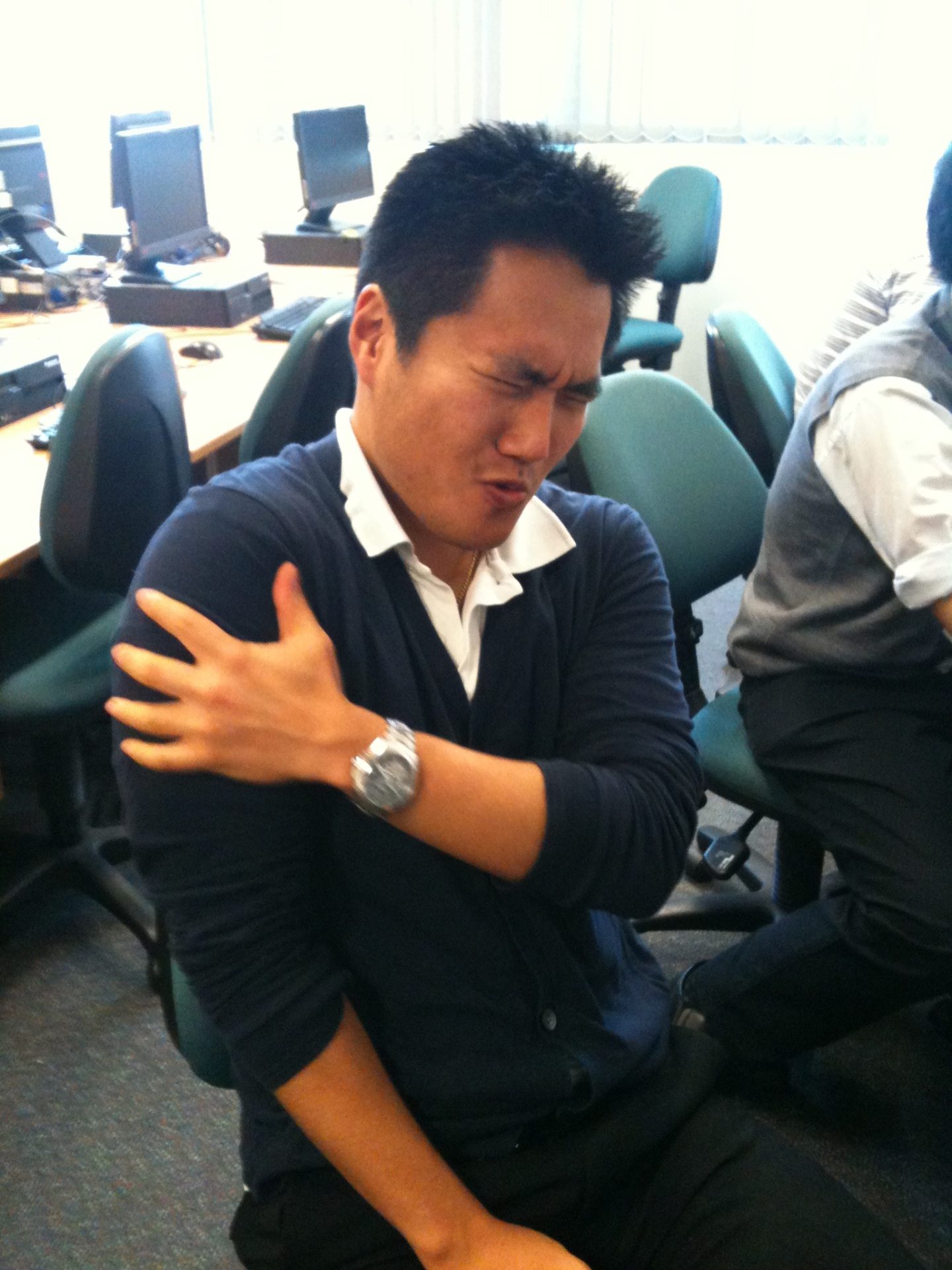
His muscles hurt. Is it from statins or some other cause?
Something strange is going on. People who take statins frequently discontinue them because of side effects, but blinded trials have shown no excess of symptoms compared to placebo. The most commonly reported side effect is muscle pain, but patients also commonly report headaches, dizziness, feeling sick, feeling unusually tired or physically weak, digestive system problems (constipation, diarrhea, indigestion and farting), sleep problems, and low blood platelet count. Less common complaints are memory problems, hair loss, pins and needles sensation, flu-like symptoms, pancreatitis and stomach pain, skin problems like acne and rash, and sexual problems such as loss of libido and erectile dysfunction. Rarely reported side effects include muscle weakness (myopathy), loss of sensation or tingling in the hands and feet (peripheral neuropathy), and tendon problems.
Incidence and management of myopathy
1.2 patients develop myopathy for every 10,000 person years, and the average incidence per 10 000 person years for atorvastatin, pravastatin, or simvastatin is 0.44 (0.20 to 0.84) and for cerivastatin is 5.34 (1.46 to 13.68). Symptoms can begin anywhere from one week to four years after starting statins. Management starts with measuring creatinine kinase (CK) and thyroid-stimulating hormone. If the CK level is more than 10 times the upper limit of normal, statin therapy is usually discontinued but another statin can be prescribed or there can be a repeat challenge with the original statin. Further studies may include muscle biopsy. Coenzyme Q10 has been recommended to reduce the risk, but its usefulness is unclear and more studies are needed.
Rhabdomyolysis is a serious condition that can lead to brown urine and kidney failure and is potentially life-threatening. With treatment, many patients recover. Death is rare: by one estimate, 0.15 deaths per million statin prescriptions.
Report in The NEJM
A letter to the editor published in the November 26, 2020 issue of The New England Journal of Medicine tried to shed some light on the subject. It reported an attempt by researchers in the UK to assess the side effects of statins in an N=1 three-group randomized double-blind trial of statins, placebo, or no treatment. The subjects were 60 patients who had discontinued statin therapy because of side effects that occurred within 2 weeks of starting the statin. The primary endpoint was the nocebo ratio, the ratio of symptom intensity produced by the placebo compared to the statin. Patients reported symptom intensity daily through a smartphone app. The mean symptom intensity was 8.0 during the no-tablet months, and 15.4 during the placebo months, and 16.3 during statin months. 90% of the symptom burden was also elicited by the placebo, and half the trial patients were able to successfully restart statins.
This was reported in a letter to the editor; it was not a gold-standard peer-reviewed study. But it is consistent with other reports suggesting that statin therapy is not the cause of most reported side effects.
Conclusion: Statins are vindicated
This study adds to the evidence that many or most of the reported side effects are not actually due to the statin therapy. That helps explain the discrepancy between patient reports and the data from controlled studies. It helps confirm that statins are safe.
Disclosure: I take a high-dose statin because I have had a stroke and high-dose statins are strongly recommended for anyone with a history of stroke, to reduce the risk of recurrence. It has worked well to markedly reduce my blood cholesterol. I have not noticed any side effects and I’m not worried.

